Introduction
Immerse yourself in the world of timeless elegance with birch hardwood flooring. This comprehensive guide explores the unique allure, historical significance, and diverse types of birch hardwood flooring. We delve into the distinct color differences between the sapwood and heartwood, practical aspects of installation and maintenance, and the environmental impact of choosing birch, emphasizing the importance of sustainable choices in our homes.
The Distinctive Allure of Birch Hardwood Flooring
Birch hardwood flooring stands out with its unique allure. The wood is characterized by white sapwood and light reddish-brown heartwood, generally straight-grained with a fine, uniform texture. The plain, often curly or wavy pattern enhances its distinct appeal. Birch is easy to work with, takes stain exceptionally well, and provides satisfactory performance with nails and screws. Despite its moderately high shrinkage, it's appreciated for its good crushing strength and shock resistance. Its availability may be limited if selected for color, but its allure makes it worth the pursuit.
Historical Significance of Birch Hardwood Flooring
Birch trees, native to North America, are prevalent around the Lake State, Northeast, and regions of the Appalachian Mountains. They have been utilized for various purposes for generations. A unique quality of birch is the distinct color difference between the sapwood and heartwood, offering two different looking wood pieces from a single species. This characteristic distinguishes birch from other hardwood species.
Varieties of Birch Hardwood Flooring
Birch is a versatile wood used in residential flooring, with three types most commonly utilized: sweet birch, yellow birch, and paper birch. Sweet birch presents a blend of light and dark brown shades with a tint of red. Yellow birch, the hardest of the three, features a reddish-brown center and yellow or white edges. Paper birch, softer than its counterparts, tends to look white or silver.
Yellow Birch Flooring
Yellow Birch, native to Northeastern North America, grows to impressive heights of 65 to 100 feet. Its lumber features a light, red-brown heartwood contrasted by nearly white sapwood. The grain is generally straight, offering a fine, even texture. Notably, Yellow Birch has a 1,260 lbf Janka Hardness rating, indicating its durability. This hardwood is easy to work with, turning, gluing, and finishing well. It's often used for furniture, kitchen cabinets, paneling, moldings, interior doors, flooring, and other specialty wood items, making it a versatile choice for birch hardwood flooring.
Red Birch Flooring
Red Birch flooring is a unique choice, offering sheer beauty with its limited grades. This flooring type uses the heartwood of Yellow Birch, resulting in a straight-grained texture with occasional curly grain flourishes or wavy figuring. Red Birch flooring is not only aesthetically pleasing but also heavy, hard, and very durable, making it a practical choice for any space.
Sweet Birch Flooring
Sweet Birch, scientifically known as Betula lenta, is a remarkable choice for hardwood flooring. This tree, native to Northeastern North America, grows to a height of 65-100 ft with a trunk diameter of 2-3 ft. The heartwood of Sweet Birch is a light reddish-brown, with a fine, even texture and low natural luster. It's known for its durability, with a Janka hardness of 1,470 lb. Sweet Birch is generally easy to work with, both with hand and machine tools, and it turns, glues, and finishes well. Its unique charm and affordability make it a popular choice for plywood, furniture, and especially flooring.
Durability and Maintenance of Birch Hardwood Flooring
Birch is a durable hardwood that can naturally withstand some moisture, making it a viable option for areas with potential water exposure, such as kitchens. While it's important to promptly clean up spills, birch flooring typically handles ordinary moisture incidents without issue. The grain of birch wood floors is generally subtle, adding a unique and natural design element that functions as neutral in almost any decor. This combination of durability and aesthetic appeal makes birch flooring a versatile choice for various settings.
Installation Process of Birch Hardwood Flooring
The installation process of Birch Hardwood Flooring requires careful inspection of materials before installation. The installer must ensure that the job-site environment and sub-floor surfaces meet industry standards. The flooring can be installed using the direct glue down method, the floating method, or with proper mechanical fasteners. However, direct glue down is recommended for best results. The use of approved adhesives can provide enhanced vapor emission protection, increased Sound Transmission Class (STC), and help to stop squeaking or other noises. It's crucial to ensure that all sub-floors are clean, flat, dry, and structurally sound before installation.
Environmental Impact of Birch Hardwood Flooring
Birch hardwood flooring is a sustainable choice due to the birch trees' carbon sequestration potential and the carbon offset value of birch wood products. Birch trees grow sustainably in abundance, particularly species like the American yellow birch. However, it's important to source birch wood responsibly to avoid harming wildlife habitats. The manufacturing process of birch hardwood flooring also has a relatively low carbon footprint, especially when wood waste is recycled. However, transportation can be a carbon-intensive stage, so it's beneficial to choose locally sourced birch wood when possible.
Conclusion
Birch hardwood flooring, with its unique charm and timeless elegance, offers a versatile and durable choice for homeowners. Its distinct color variations, historical significance, and various types available, such as sweet birch, yellow birch, and paper birch, provide a range of options to suit different tastes and needs. Its durability and ease of maintenance make it a practical choice, while its sustainable growth and carbon sequestration potential make it an environmentally responsible option. Whether you're drawn to its aesthetic appeal or its practical benefits, birch hardwood flooring is a choice that marries beauty with responsibility, creating a home that's not just visually appealing, but also kind to our planet.
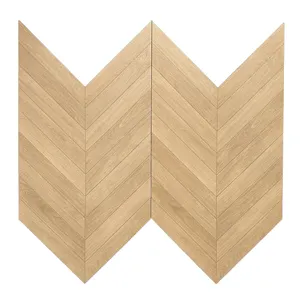

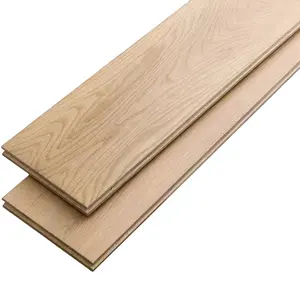



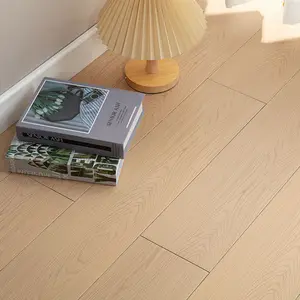
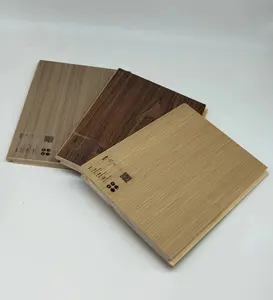
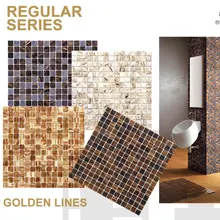



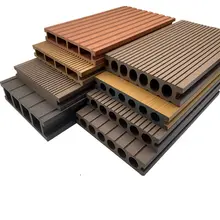

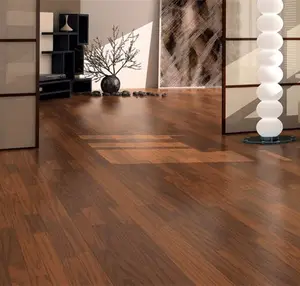

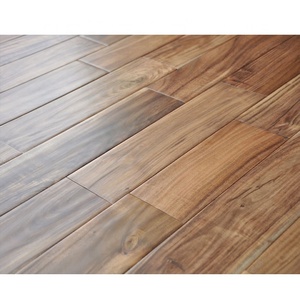
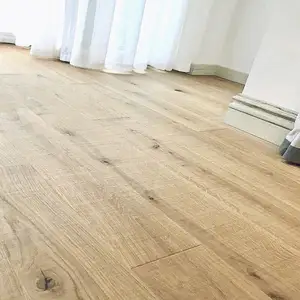
























 浙公网安备 33010002000092号
浙公网安备 33010002000092号 浙B2-20120091-4
浙B2-20120091-4